horizontally get best view.
Selbst wenn es parallele Universen gibt, bleibt die Einzigartigkeit unseres Universums unvermeidlich.
Die Wohnung des Gedankens / The dwelling for thoughts
Part I
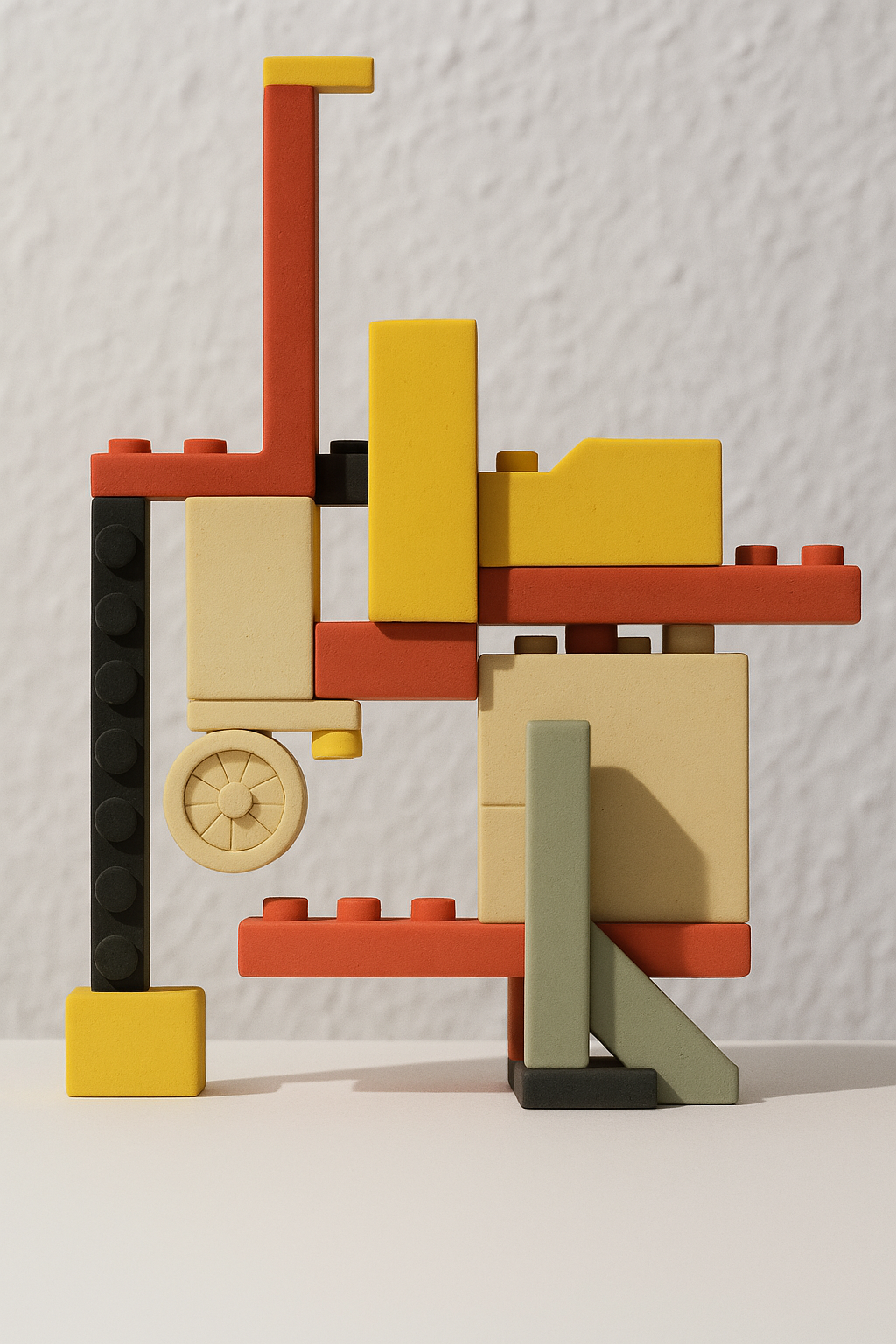
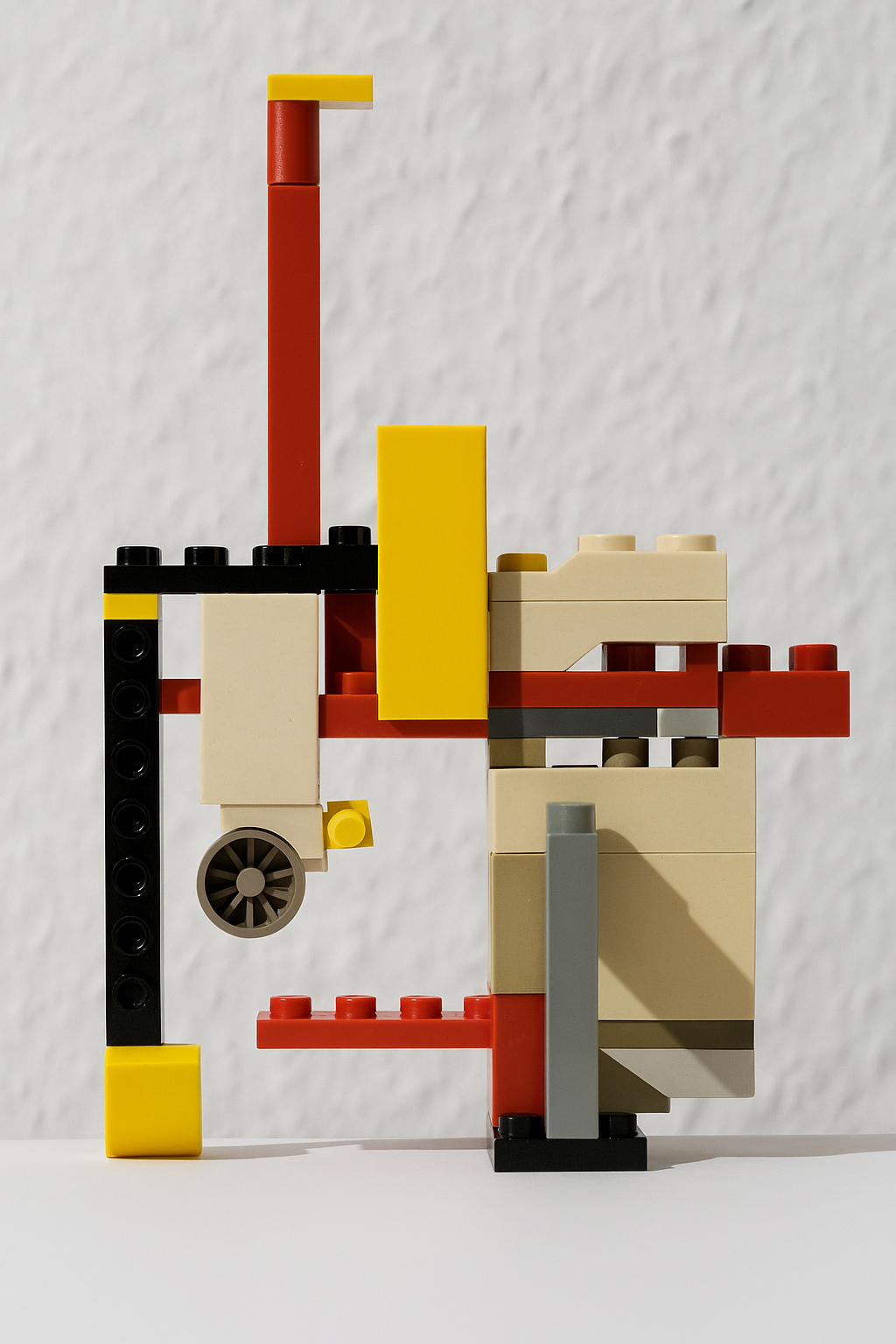
即使有平行宇宙,也不可避免本宇宙的唯一性.
Even if parallel universes exist, the uniqueness of this universe remains inevitable.
たとえ並行宇宙が存在したとしても、この宇宙の唯一性は避けられない。
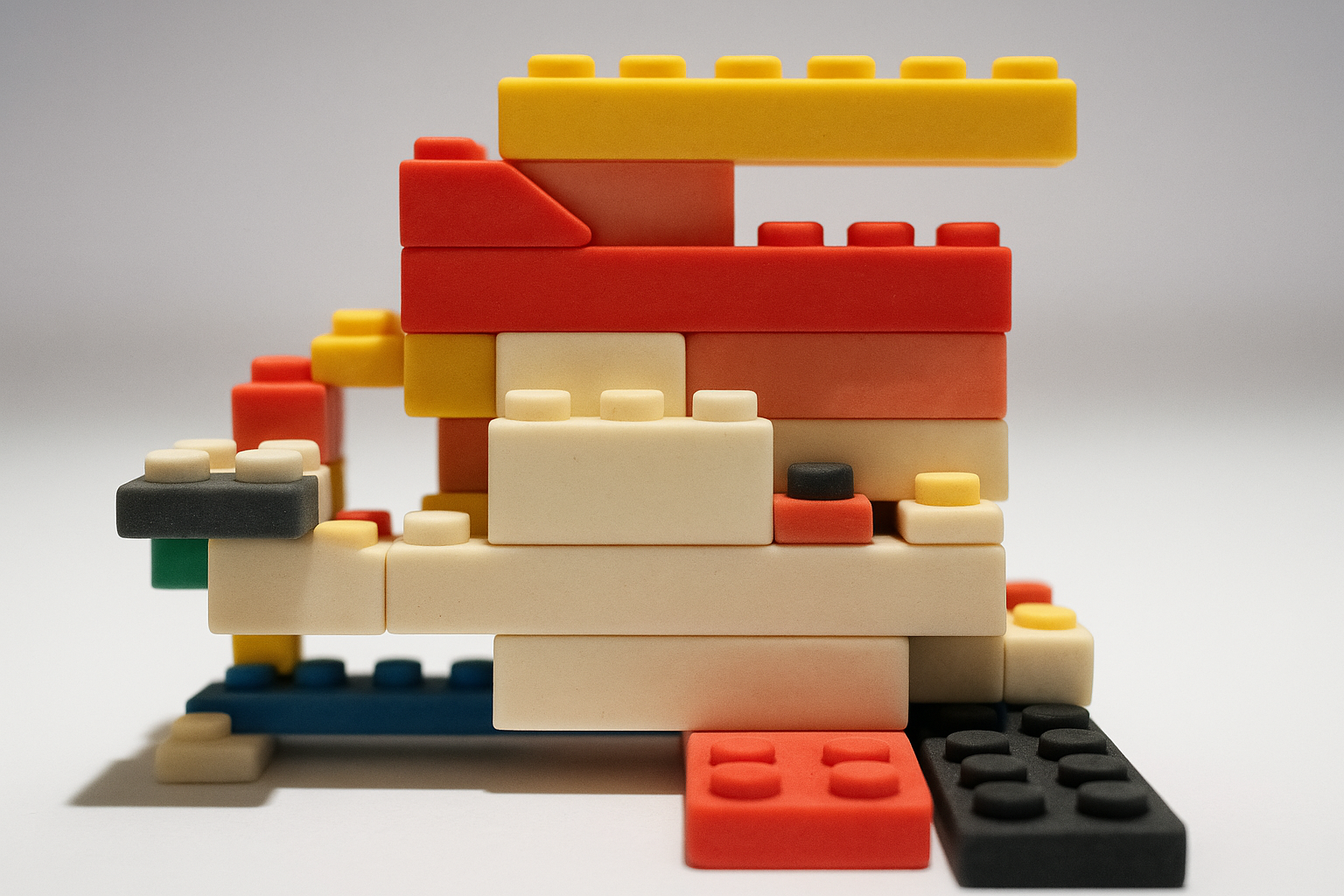



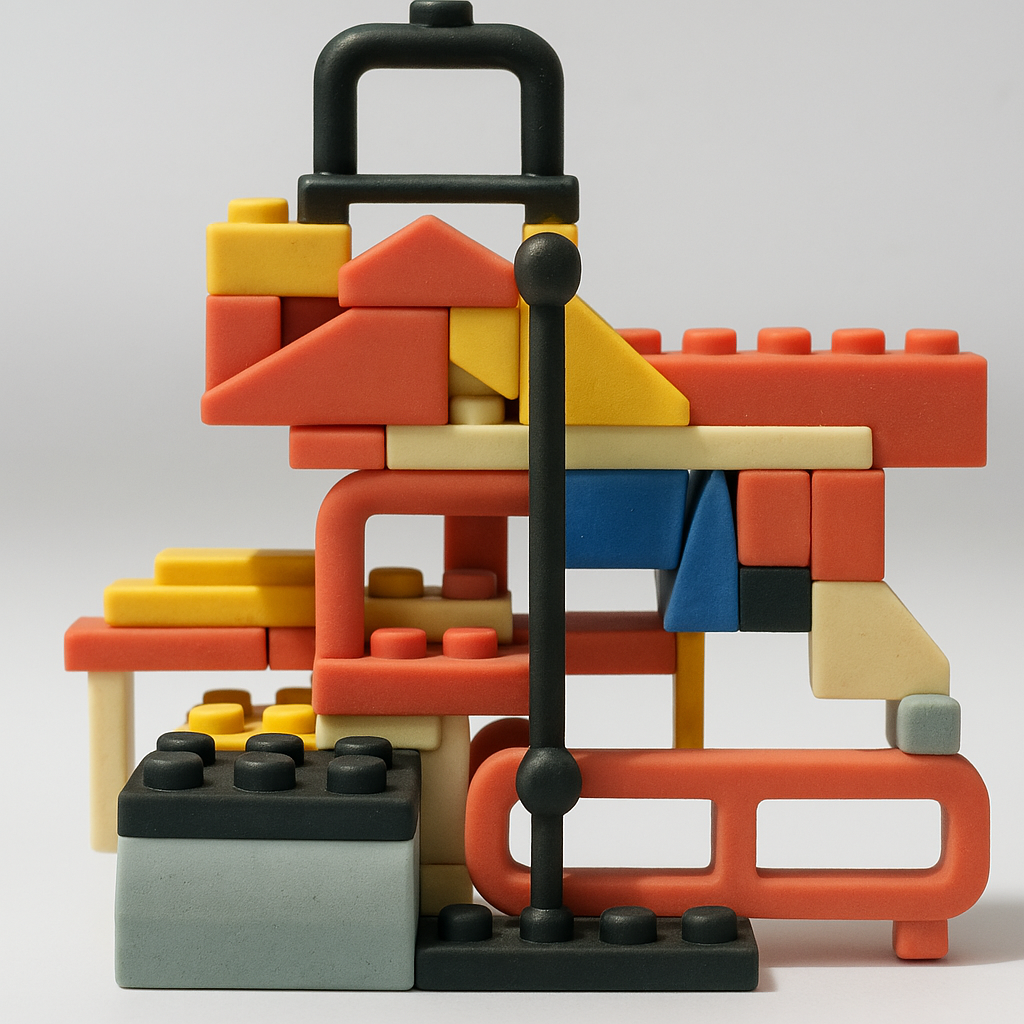
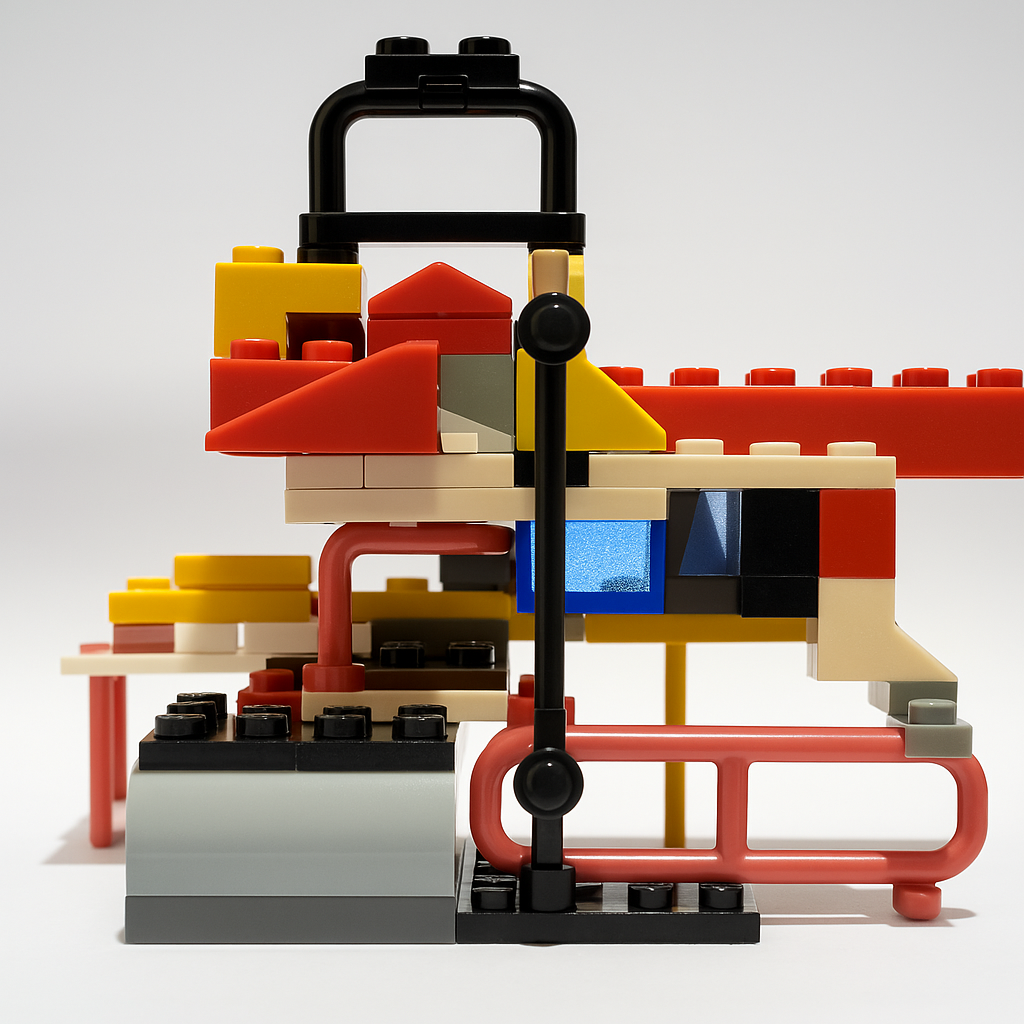
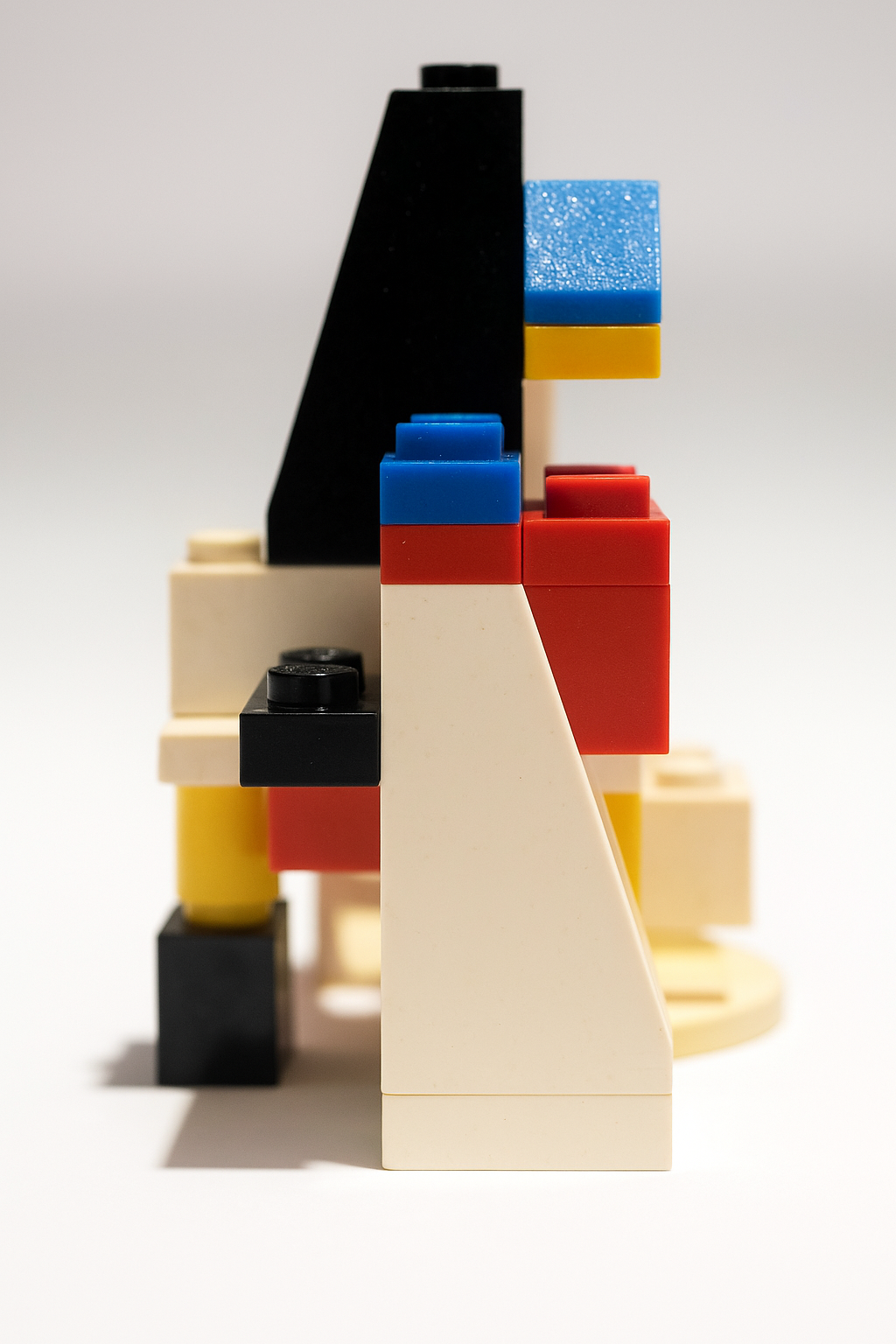
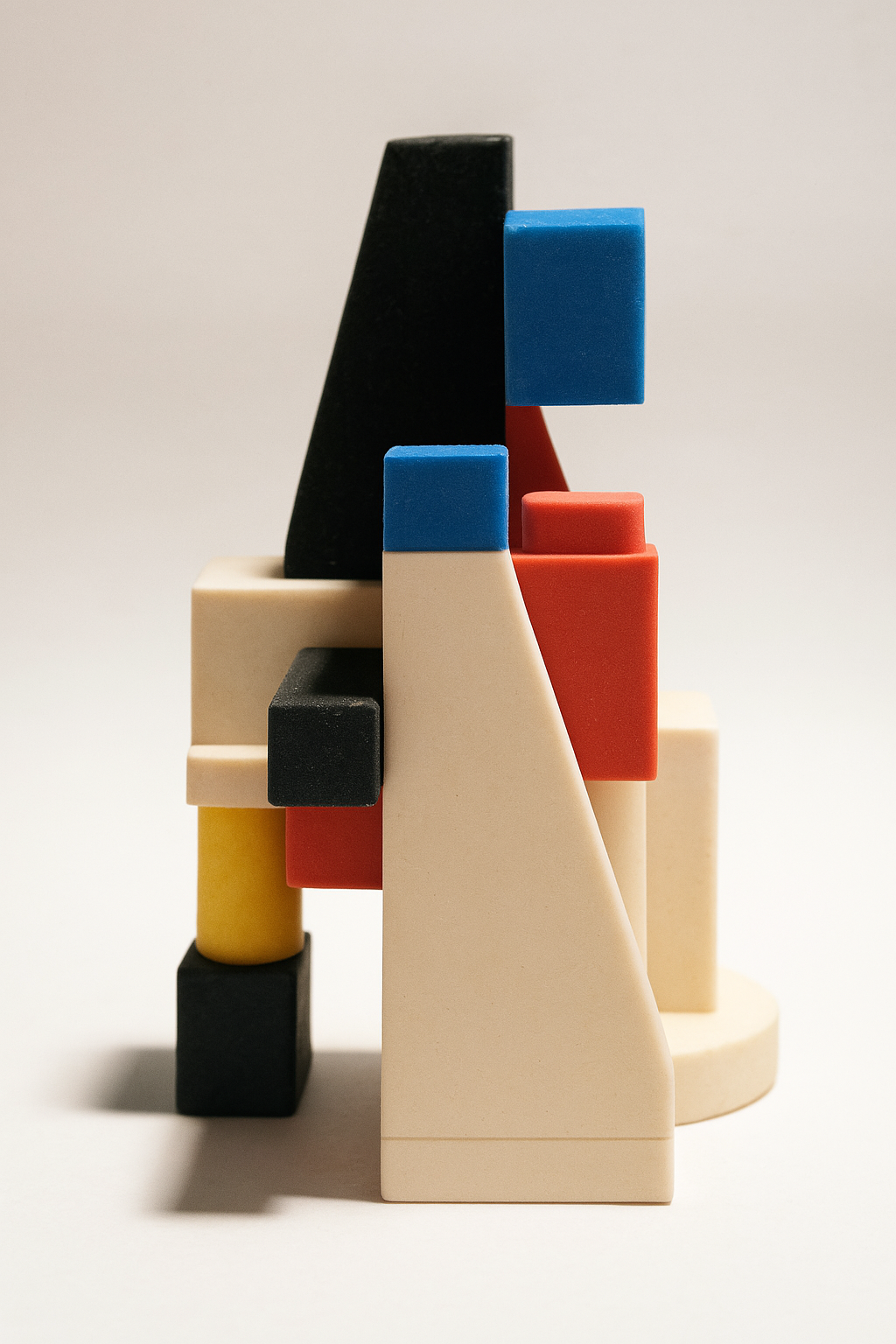
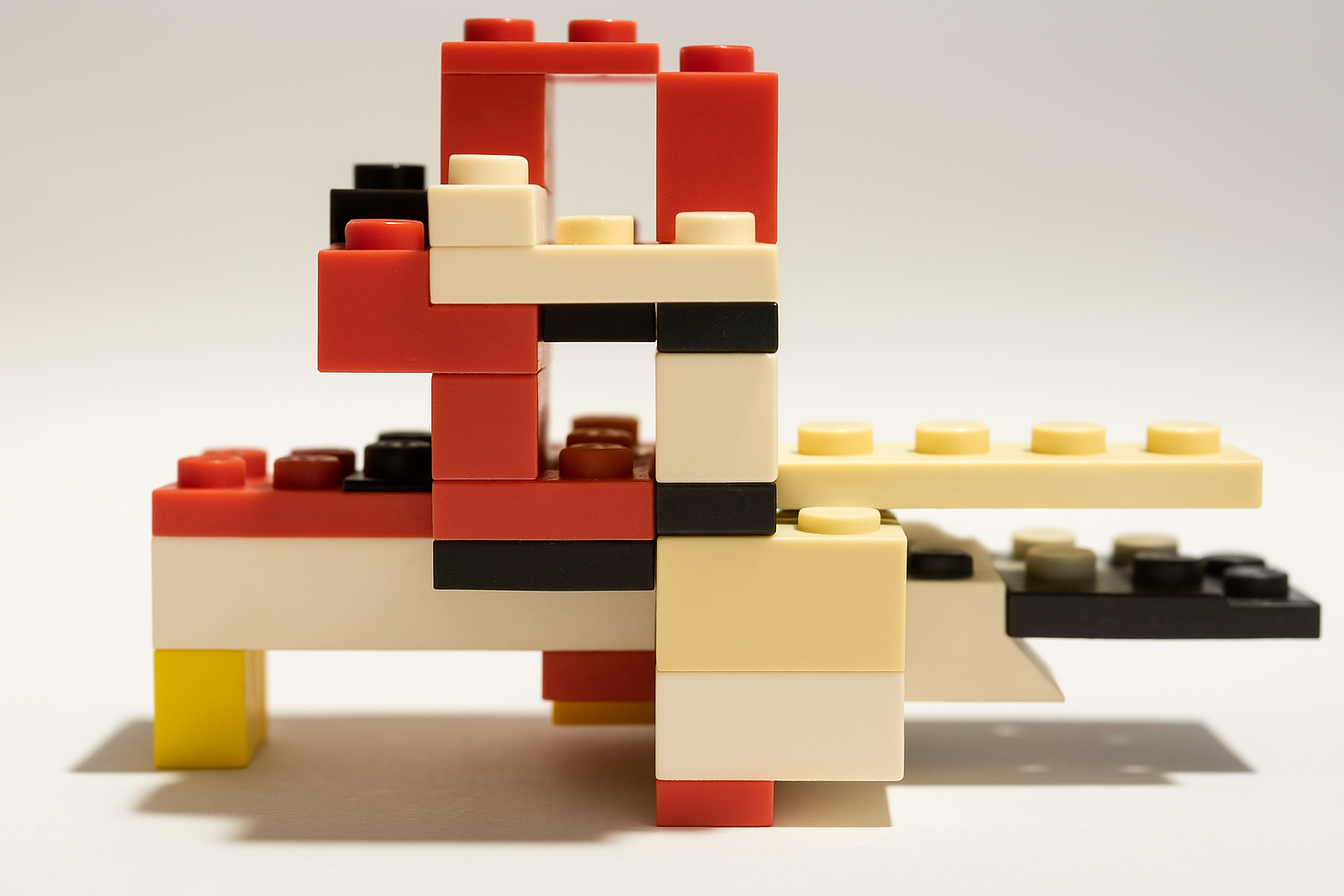

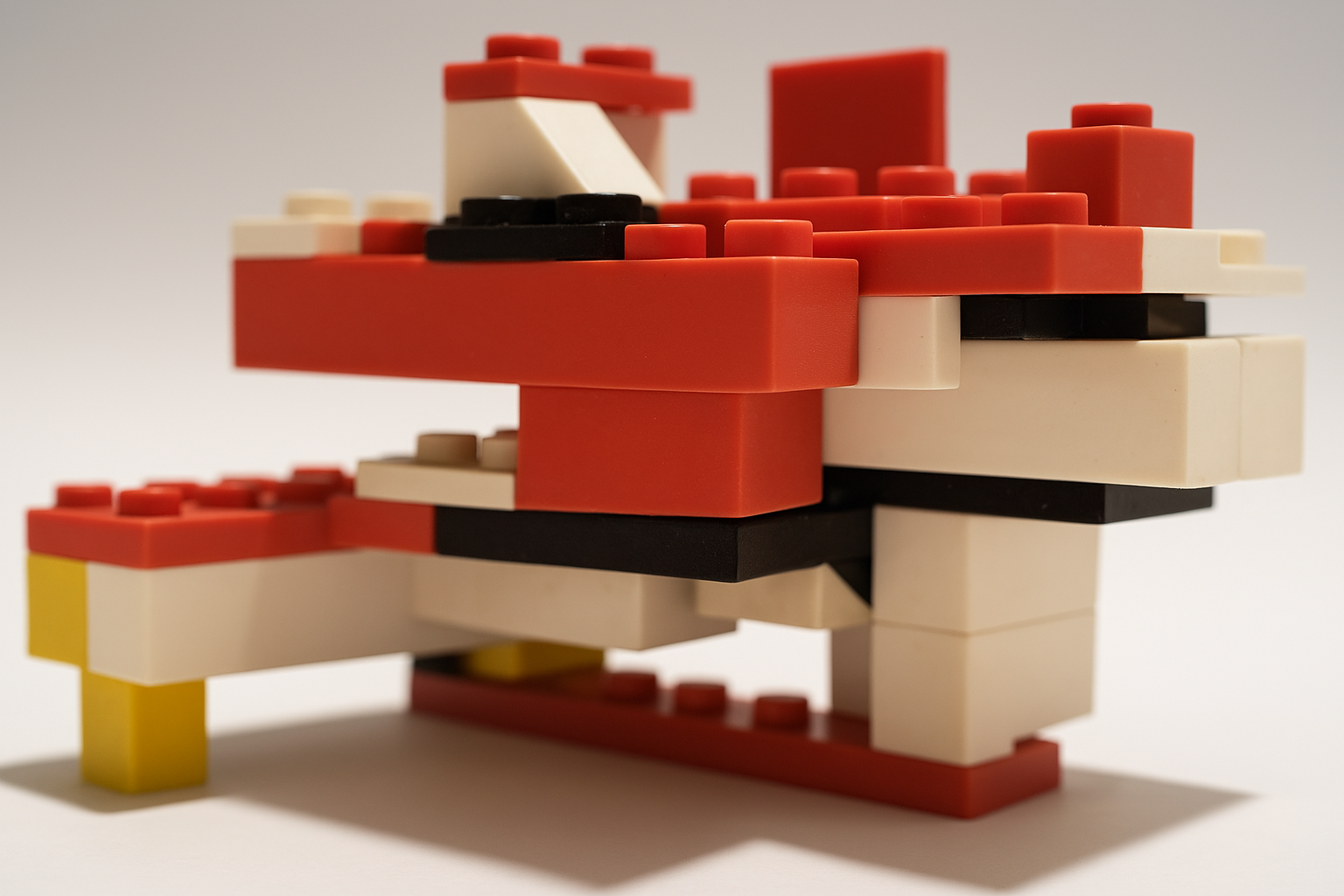

思想的居所
— 即使有平行宇宙,也不可避免本宇宙的唯一性.
該系列被作者分為兩個部份.
在前篇作品中,作者為了創作攝影作品而憑空構造出拍攝對象,剝去用以實現“概念載體”而製造的構成物之外,作者更想要將注意力回歸到光學成像以及規整記錄式攝影手法的探討之上. 而利用可逆、可拆解、可還原的LEGO結構,來實踐某個影像概念的完成。這些結構本身便是專為「被拍攝」而誕生的物質化載體。由此也留下了在後篇中對於“複製與差異”的可探討性.
而後篇作品則是作者對於「複製」、「語意轉譯」與「AI生成機制」的一次回應。他重新援引前篇的媒介與影像,但這次將原作交給語言與演算法進行理解與再生成。在這一過程中,原作的「可逆性」成為重要的參照標準,而AI所產生的圖像則成為一種不可逆但無限接近原作的差異形態。這種差異並非視覺上劇烈的變化,而是一種細微而無法還原的偏移,承載著語意轉譯和演算過程中生成的新內容----差異.
後篇的每一幅圖像都是對這一現象的回應與詮釋,它們並非原作的簡單複製,而是經過語言、技術與先前作品的差異性再生產。整個系列猶如一條折返的路徑,在不同階段中,媒介、邏輯與概念相互交織,形成了關於影像與結構、可逆與不可逆、複製與變異之間的對話場域。
Dwelling of Thought
— Even in the presence of parallel universes,
the singularity of this universe remains inevitable.
This series is divided by the artist into two parts.
In the first part, the artist created objects from scratch solely for the purpose of photographing them — not to emphasize the constructed forms as “conceptual carriers” per se, but rather to redirect attention toward the act of optical image-making and the discipline of systematic, documentary-style photography. By using LEGO structures that are reversible, disassemblable, and reproducible, the artist explored the completion of an image-based concept. These constructions were born specifically to be photographed — material vessels whose sole function is to become images. In doing so, the work plants the seed for a later investigation into replication and difference.
The second part is a direct response to replication, semantic translation, and AI-driven image generation. Revisiting the materials and images from the first part, the artist this time handed the original over to language and algorithmic systems to interpret and regenerate. In this process, the original’s reversibility becomes a point of contrast, while the AI-generated images emerge as irreversible yet nearly identical variations. These differences are not dramatic visual departures, but subtle and irretrievable shifts — ones that carry the imprint of translation, computation, and transformation: difference itself.
Each image in the second part is thus not a simple copy, but a re-production shaped by language, technology, and the embedded difference of previous works. The entire series unfolds like a recursive path, in which medium, logic, and concept intertwine — opening a field of dialogue between image and structure, reversibility and irreversibility, replication and mutation.
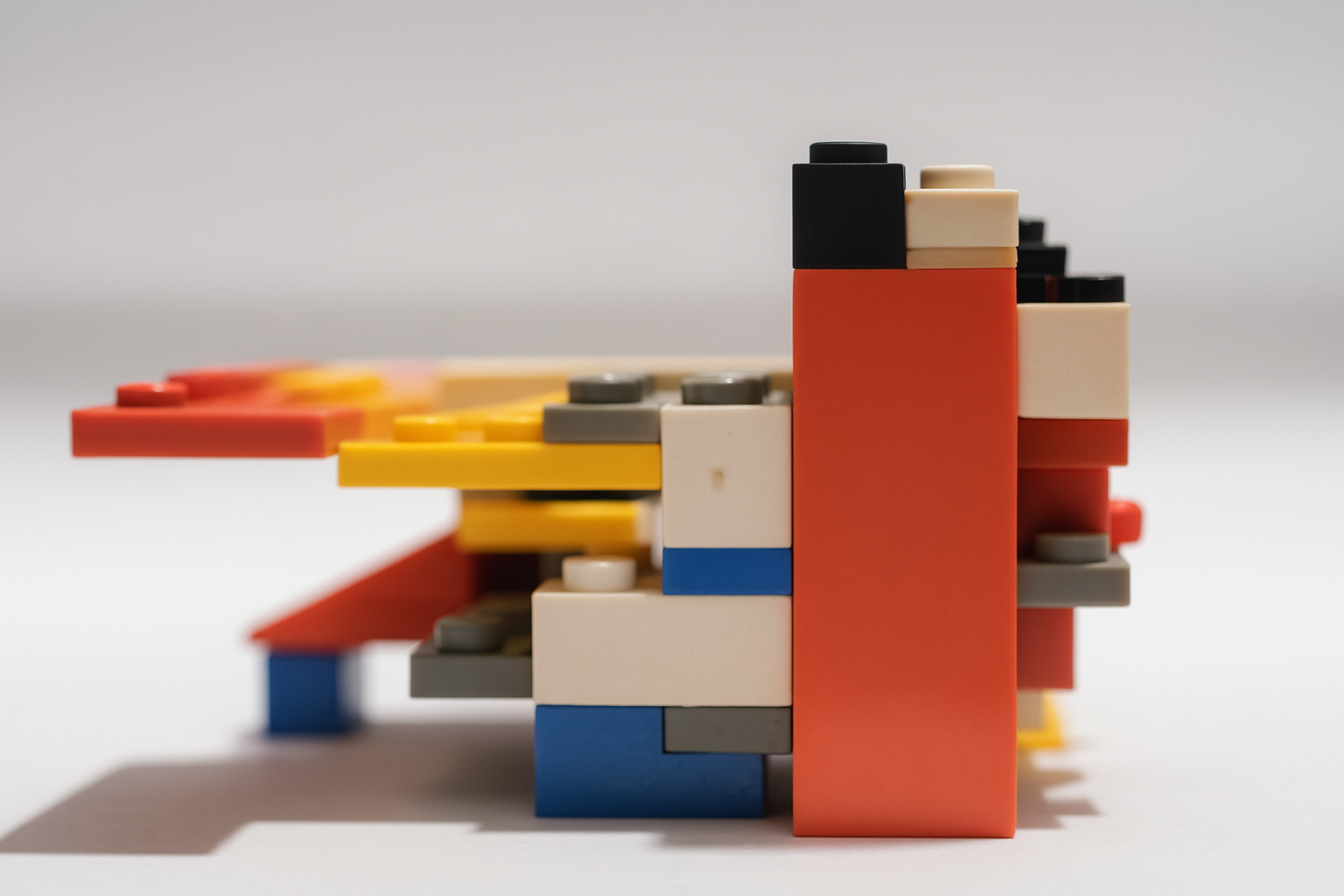
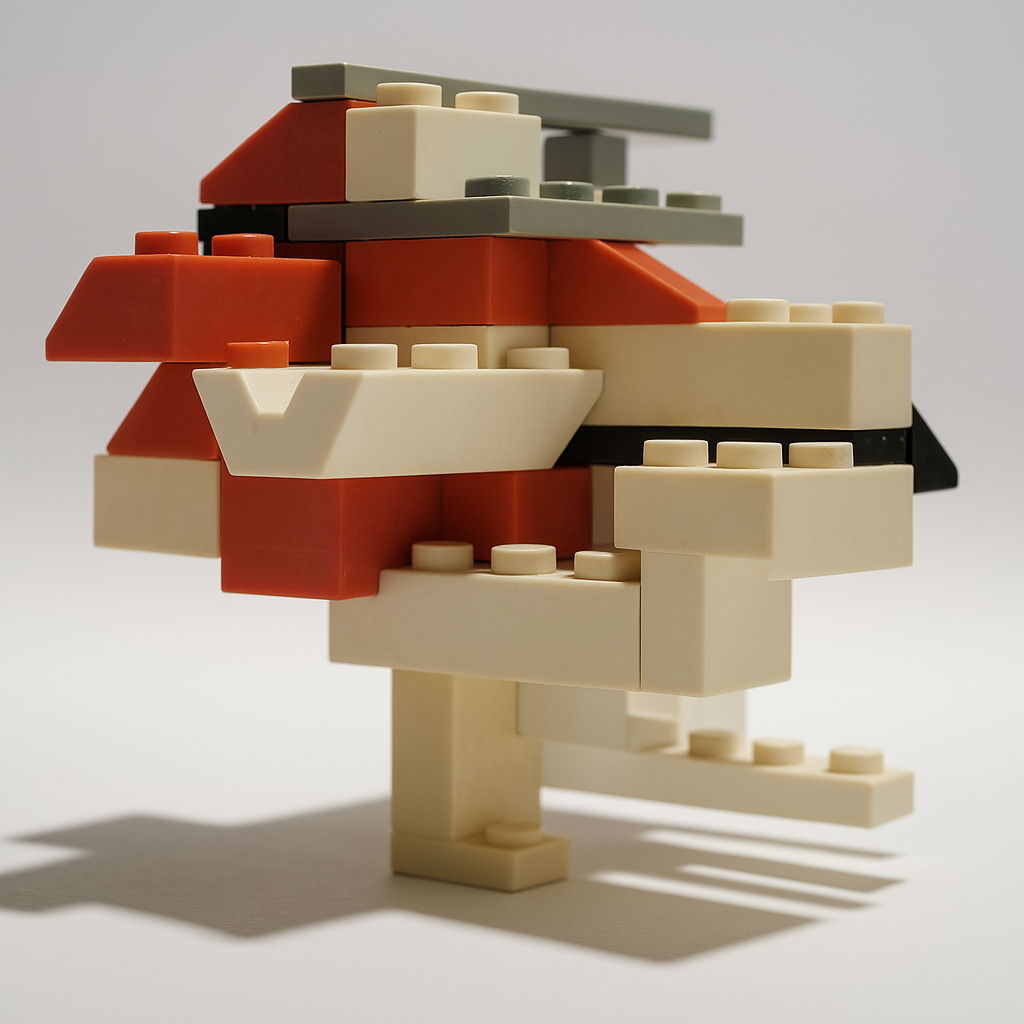
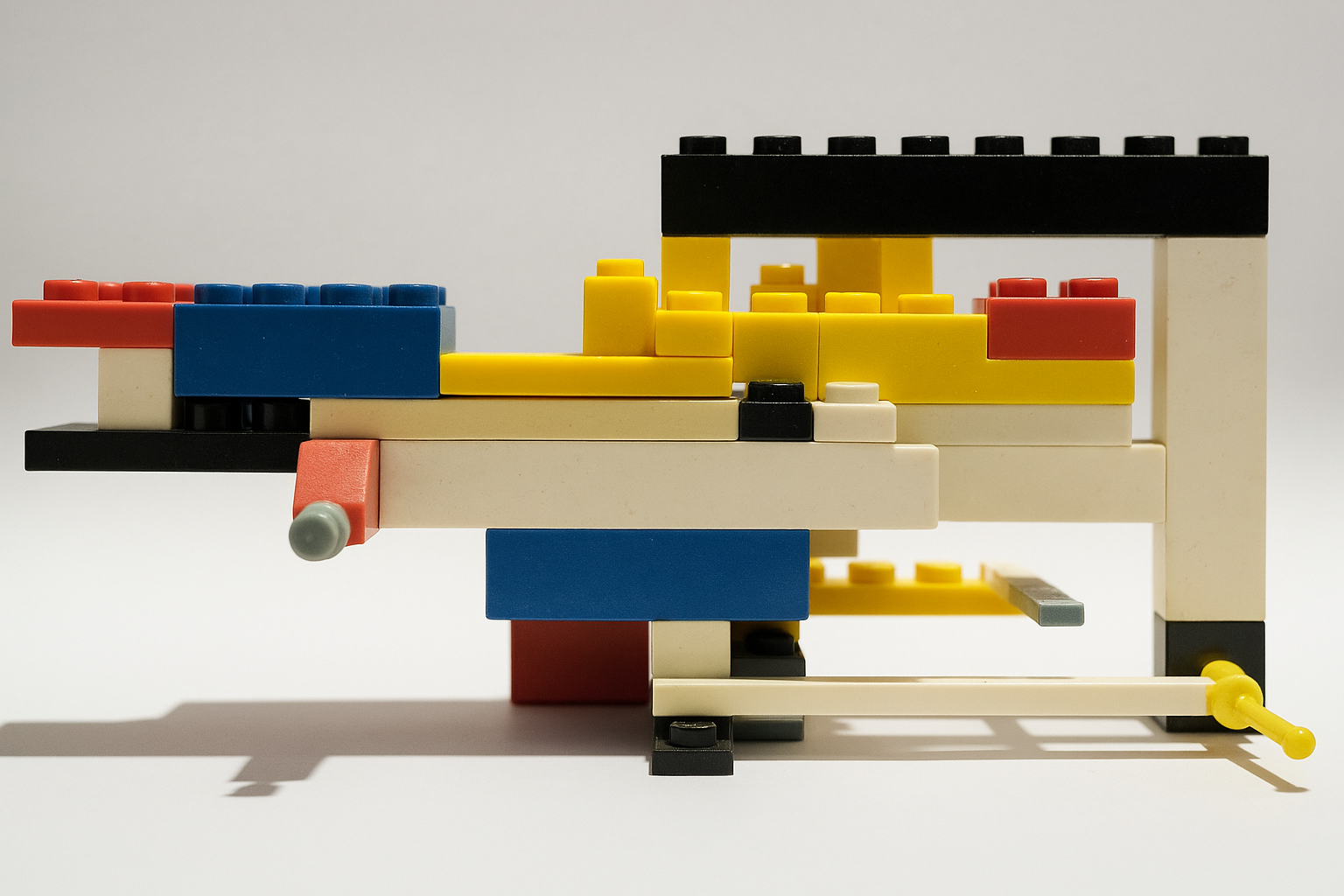
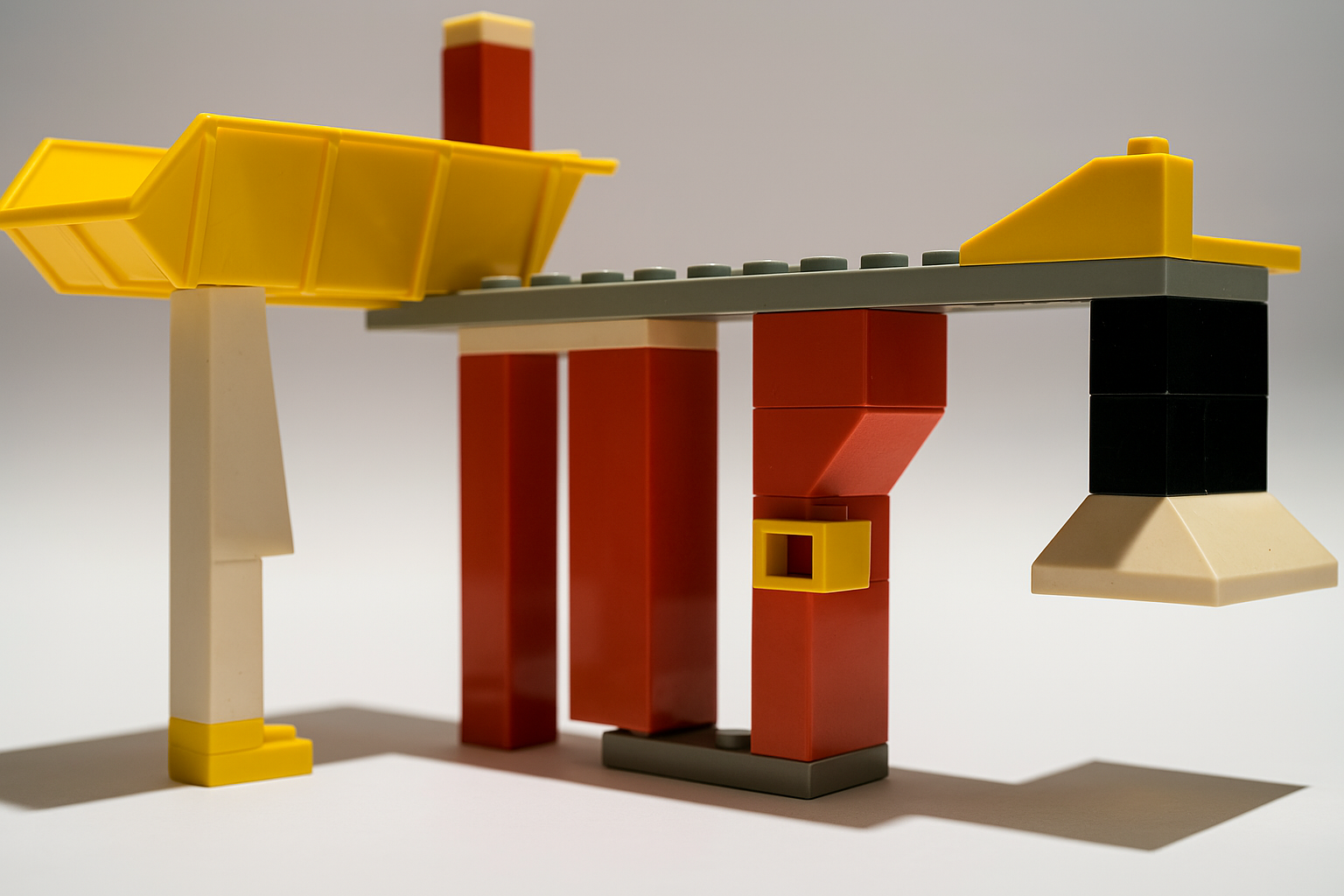
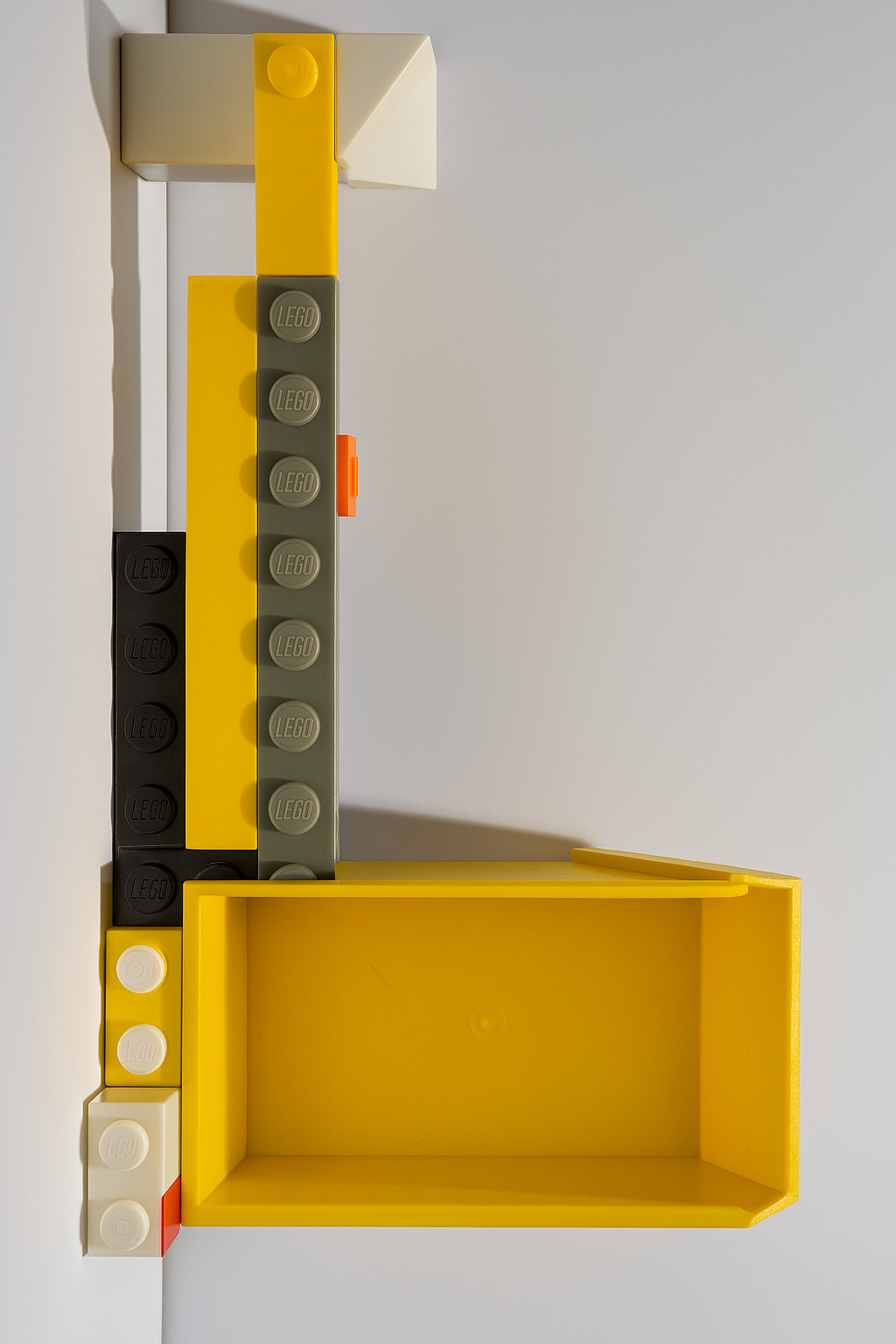

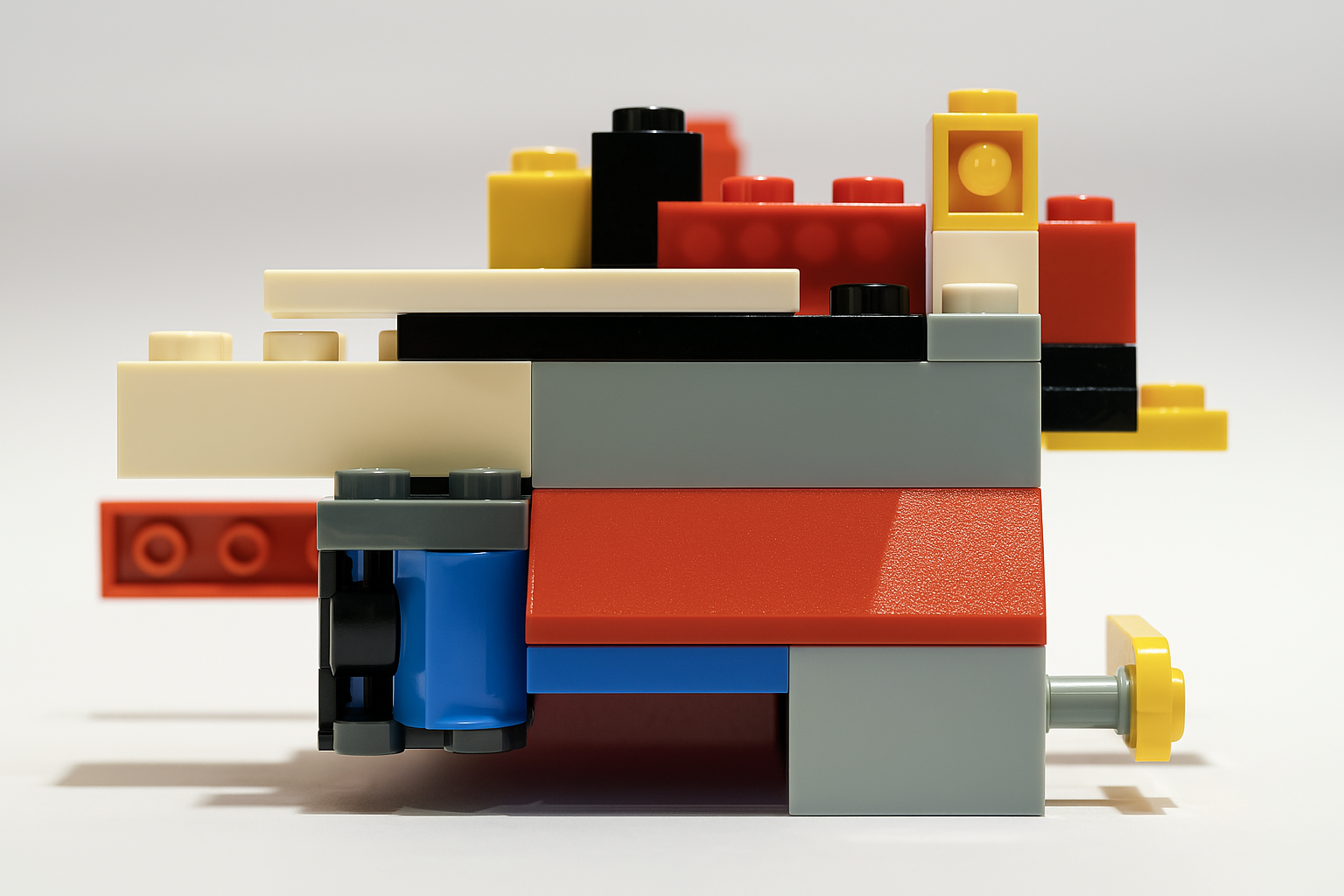

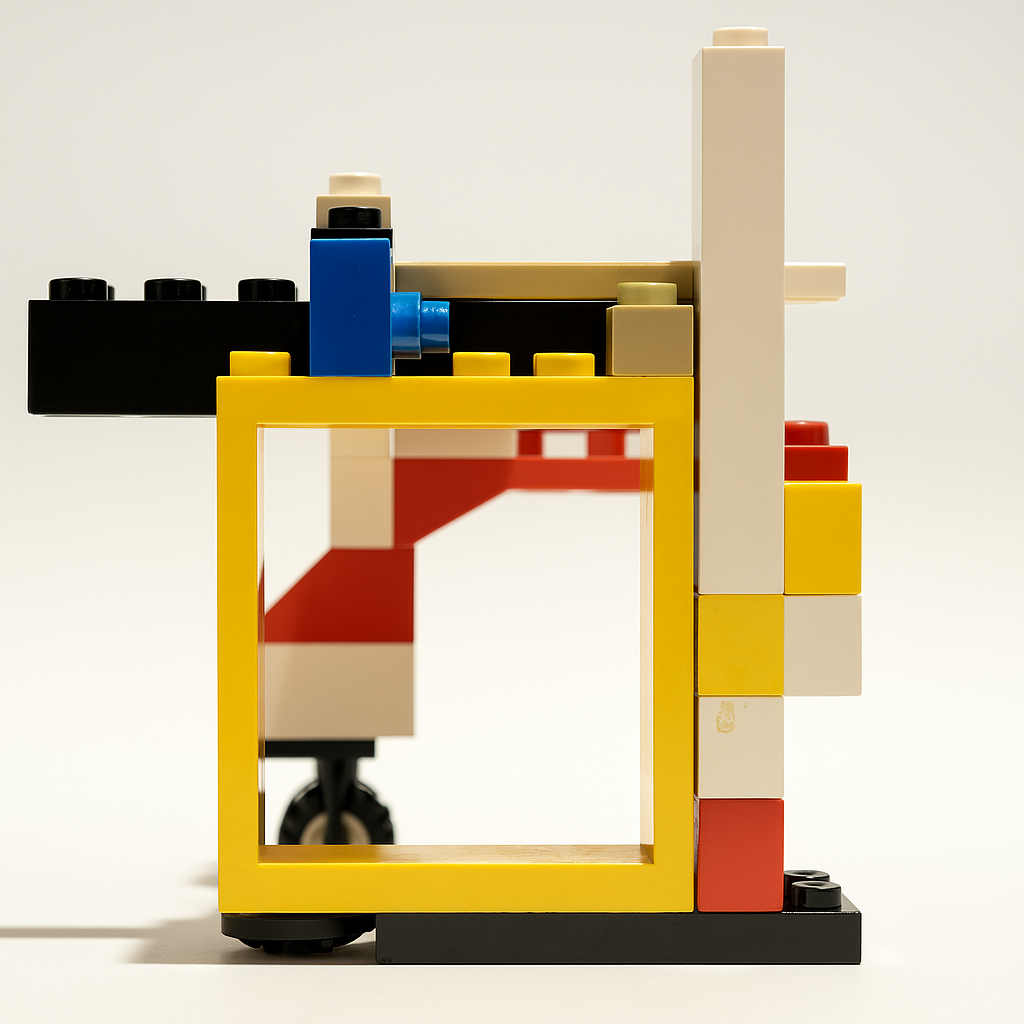

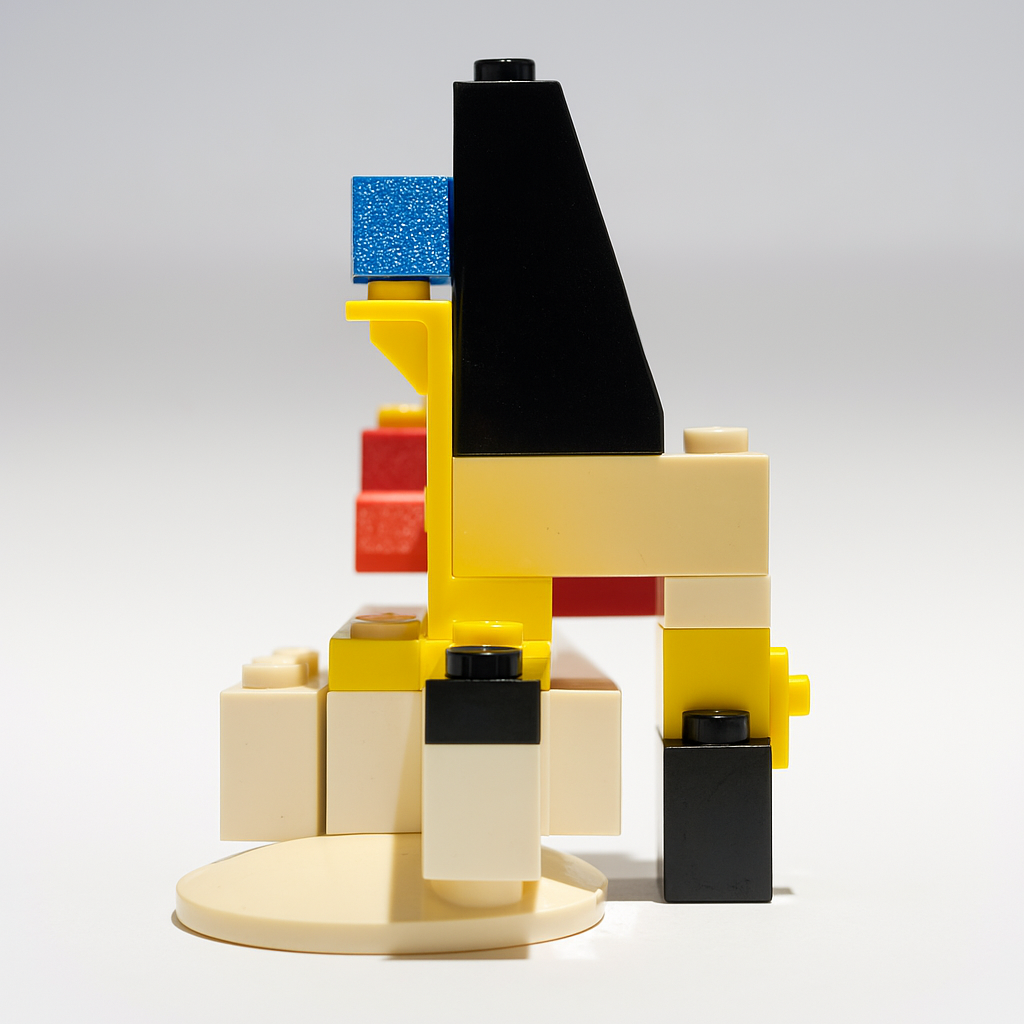
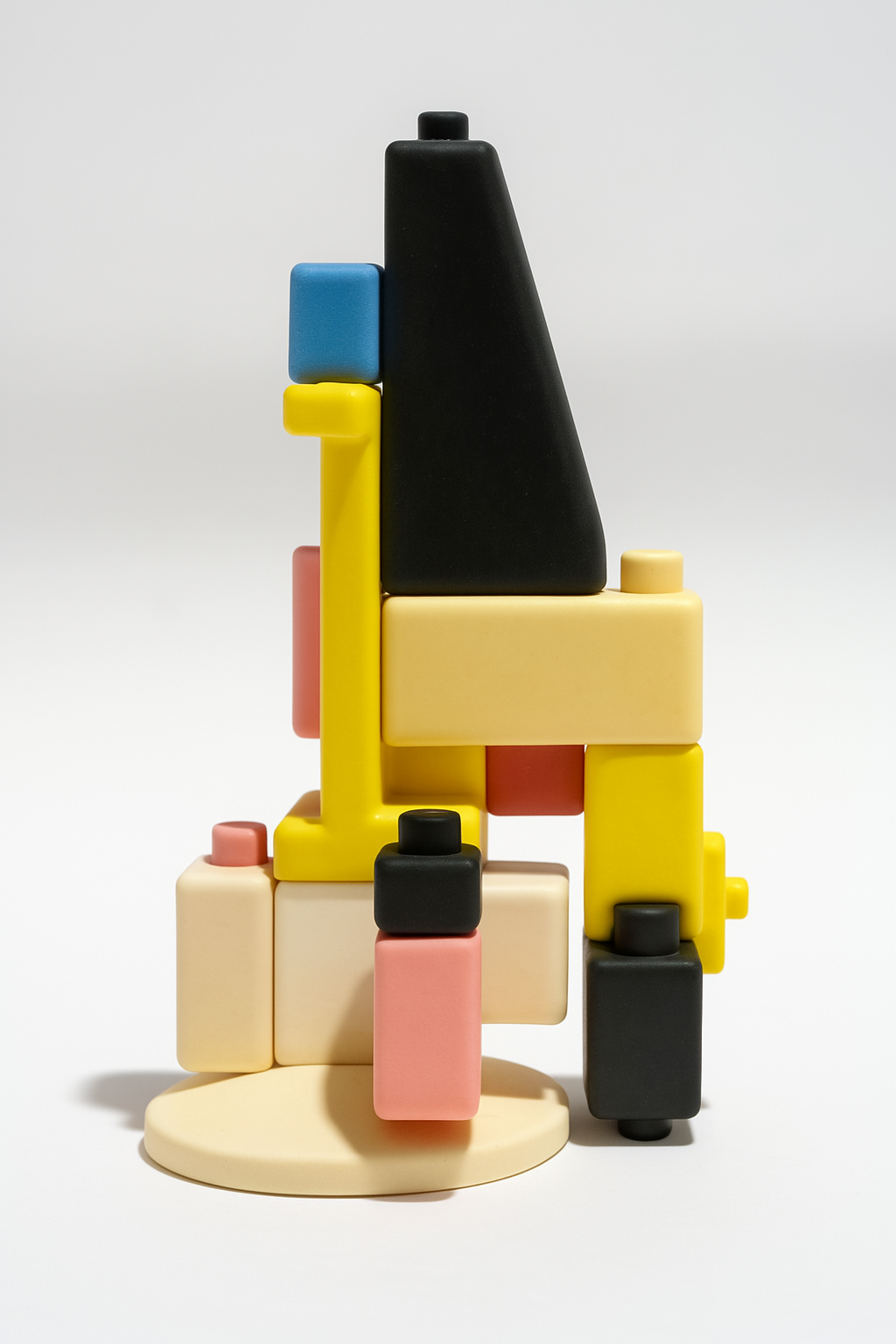
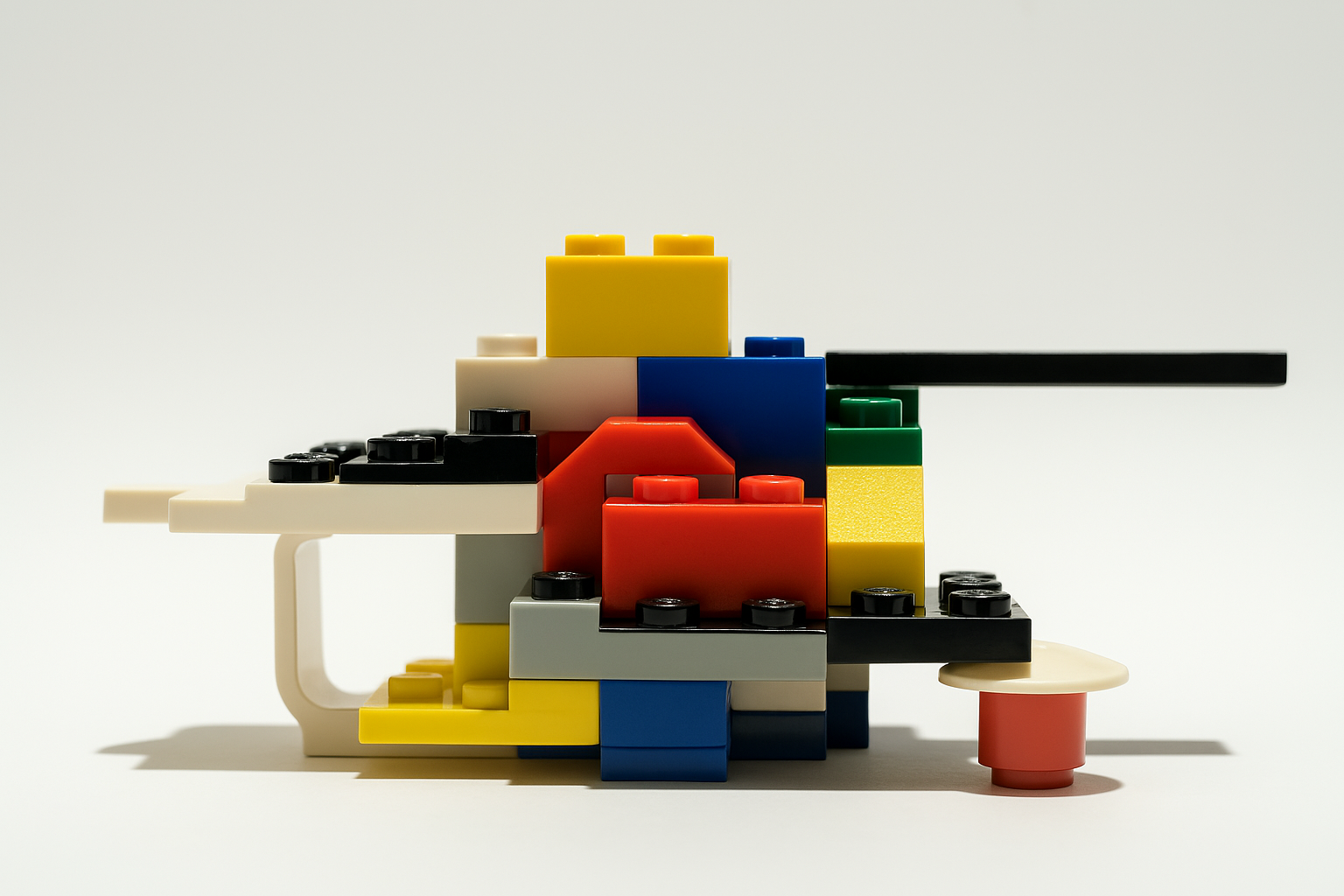
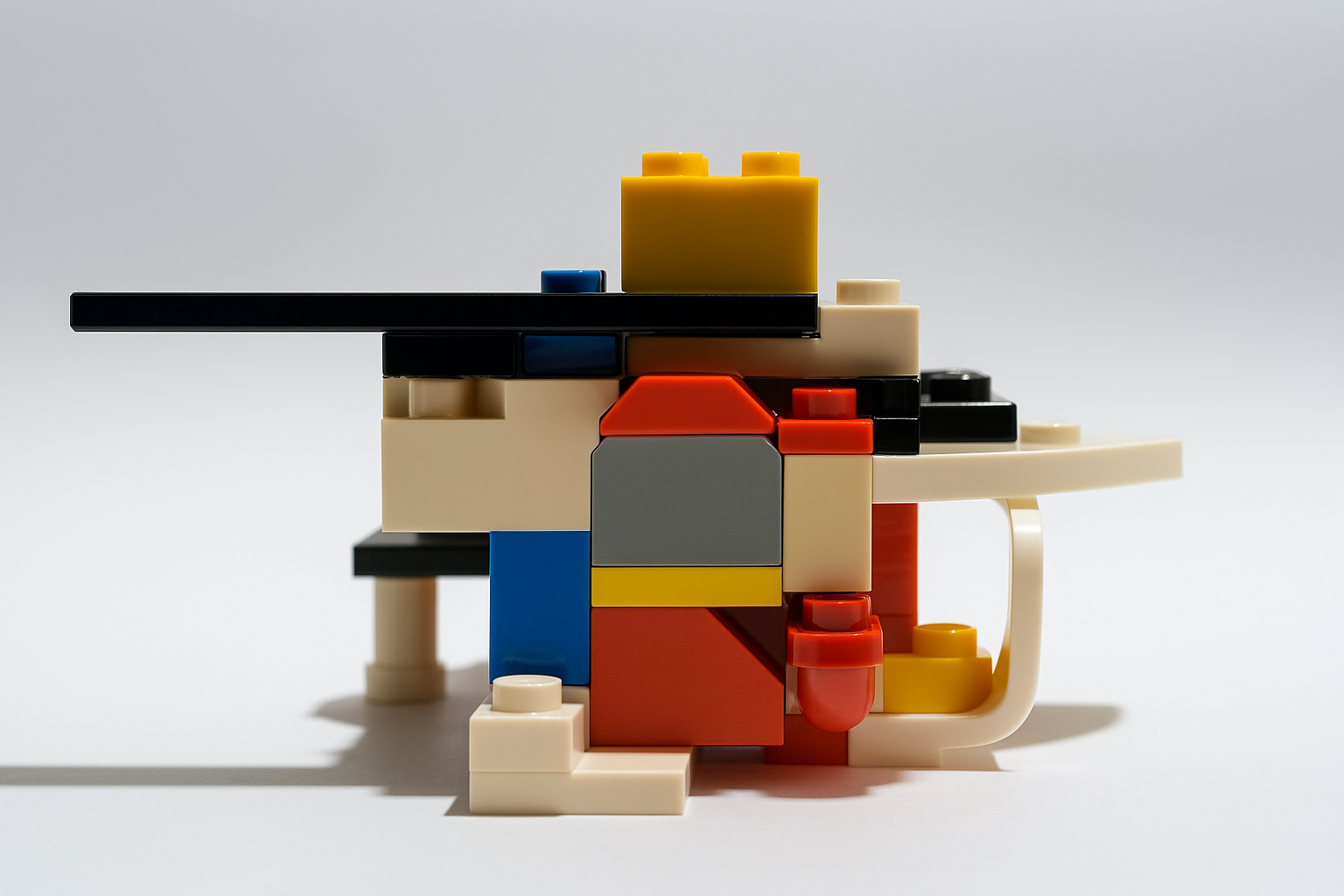
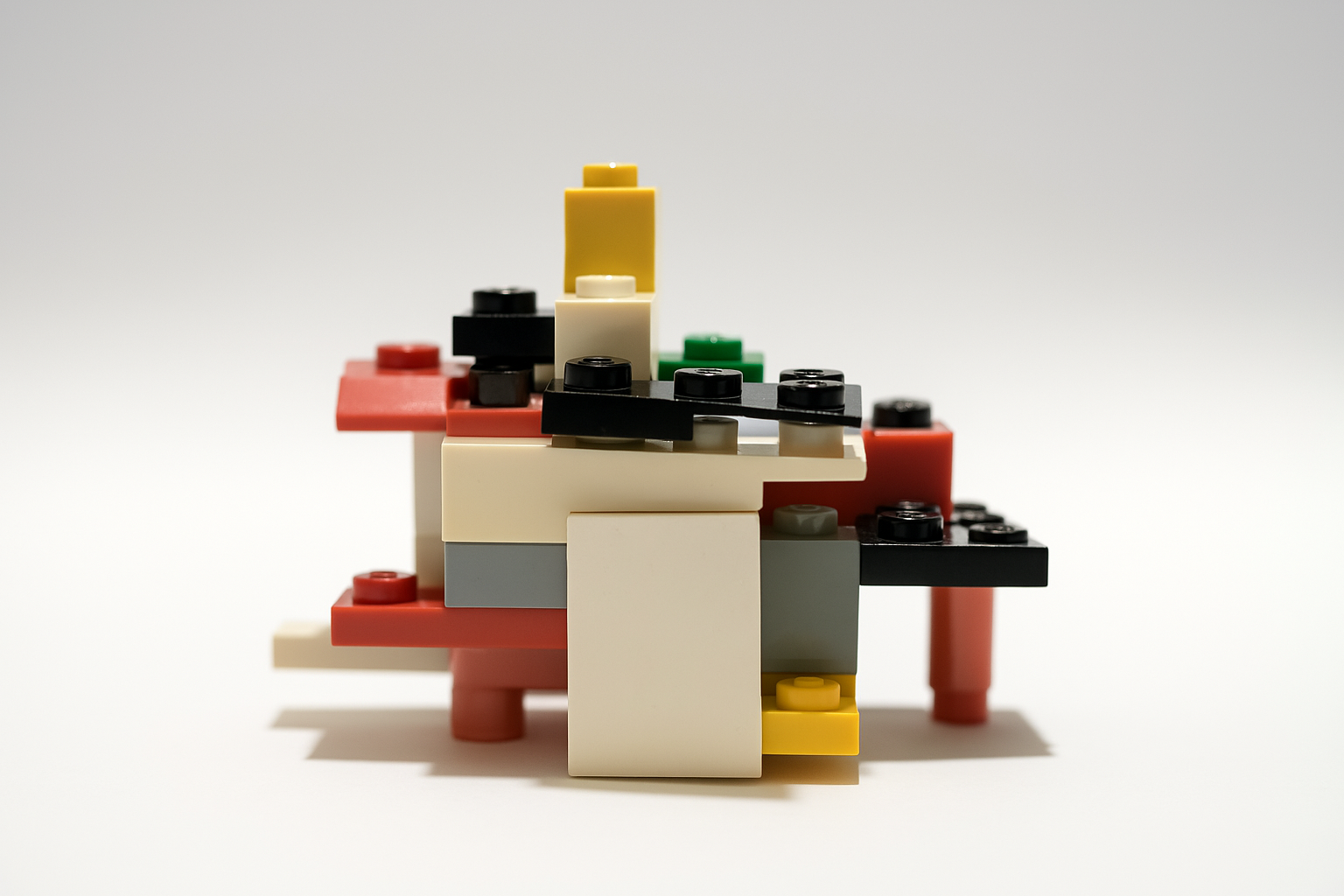


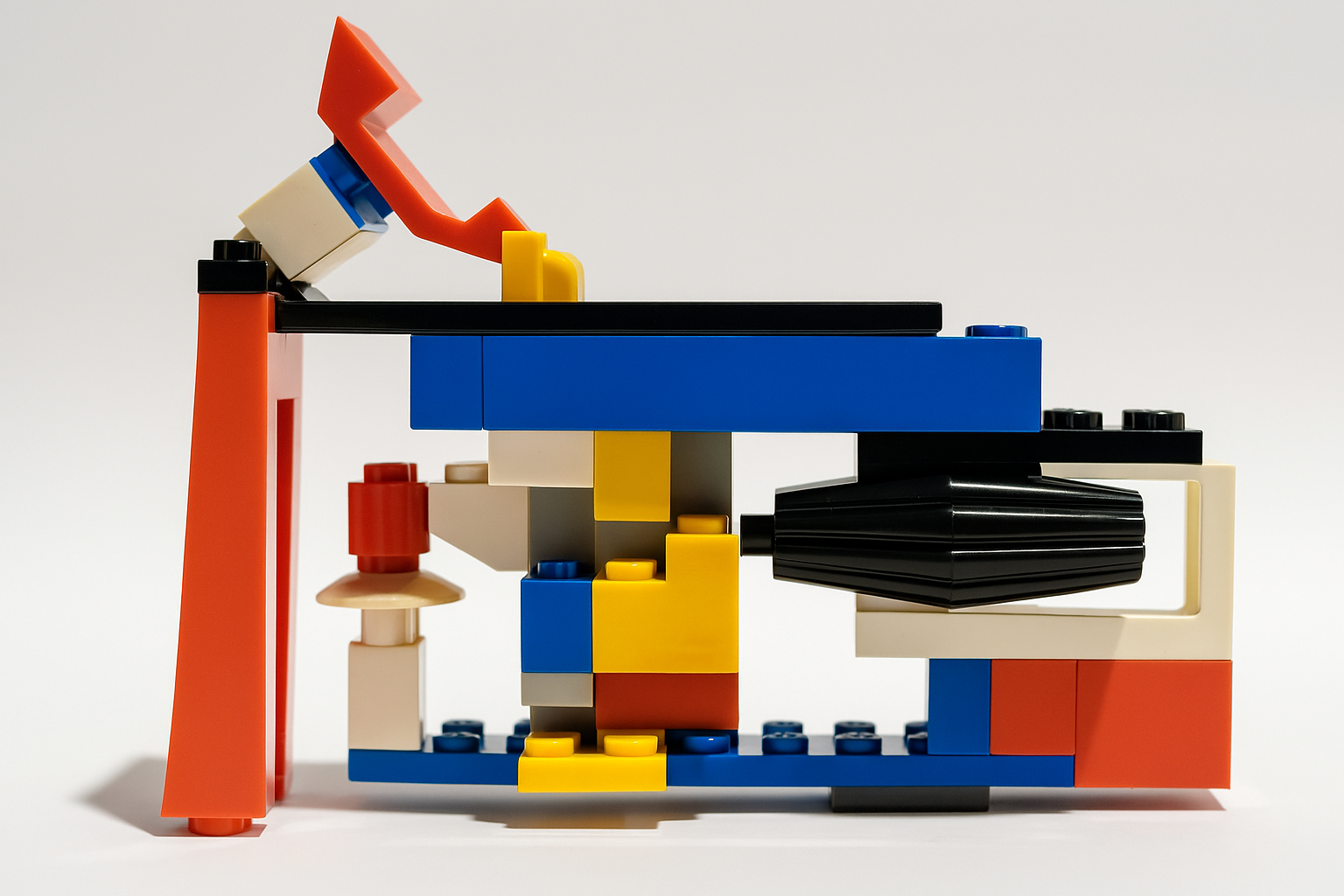

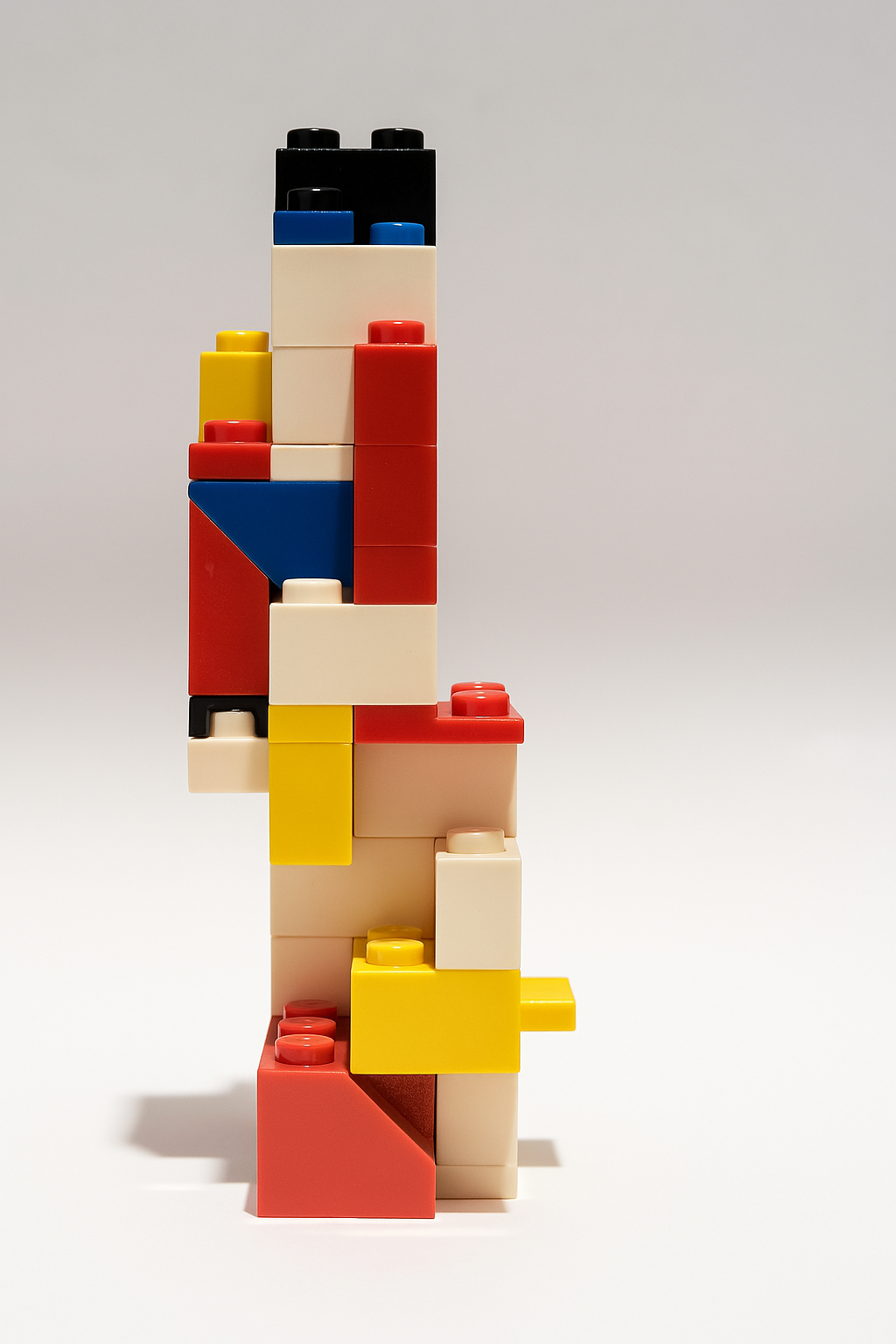


© Hai-Ning Huang, All rights reserved.